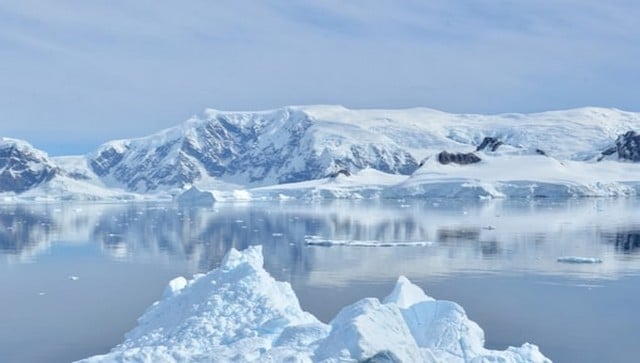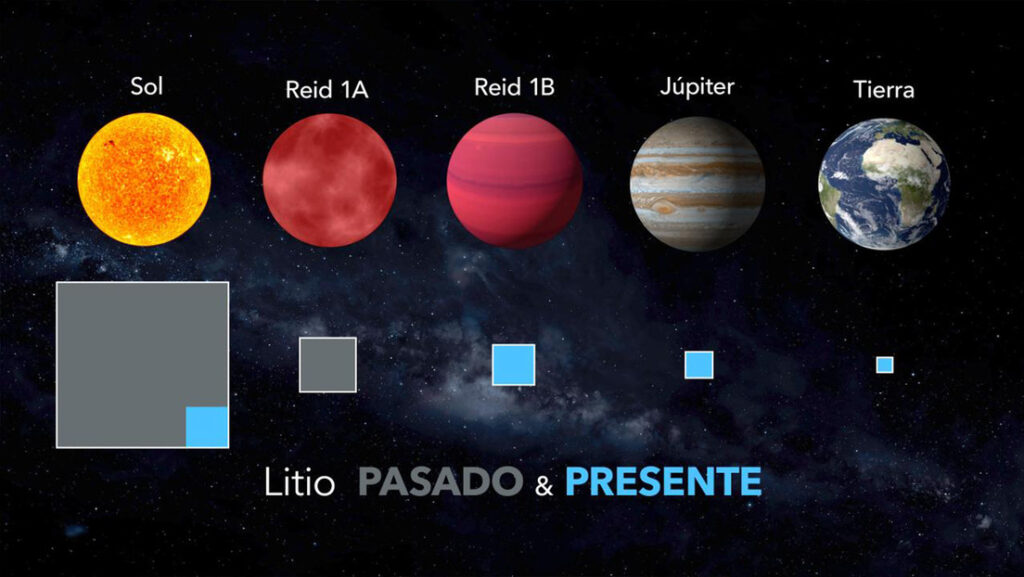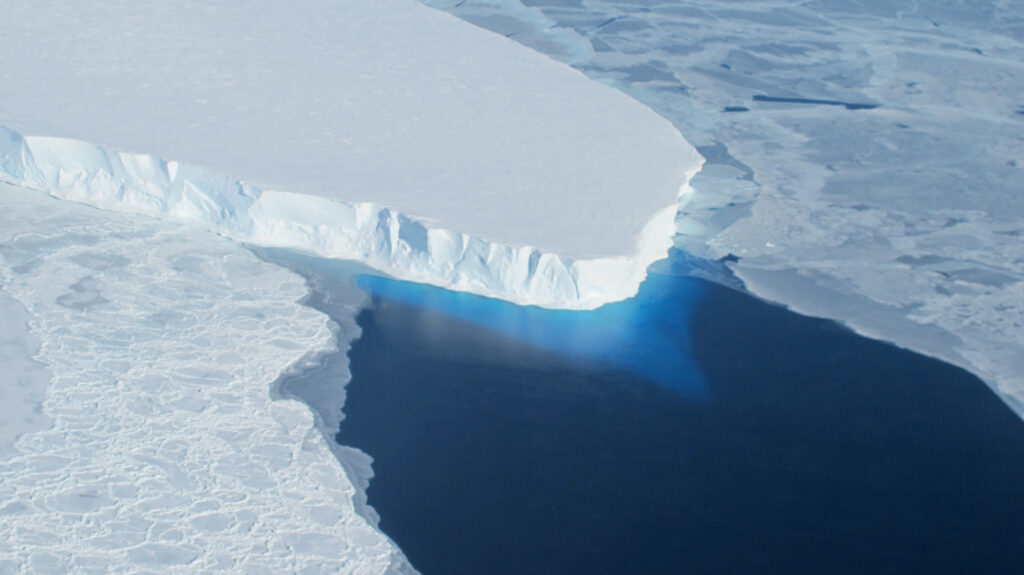The Thwaites glacier around the US state of Florida has been given the moniker due to its huge size and the possibility of what could happen if it all melts — seas would rise more than two feet, leading to a climate change catastrophe. Now, new research shows such a scenario is closer than most image

Scientists are sounding the alarm on Antarctica’s ‘doomsday glacier’, warning that it is holding on by its fingernails.
The Thwaites glacier has been given the moniker due to its huge size (around the size of the massive US state of Florida) and what could happen if it all melts – seas would rise more than two feet and thus lead to a climate change catastrophe.
That the glacier has been melting – pumping a mammoth 50 billion tonnes of ice into the water every year – has been long known.
The British Antarctic Survey says the glacier is responsible for four per cent of global sea rise, and the conditions leading to it to lose more ice are accelerating.
Let’s take a closer look at what scientists are saying:
What are scientists saying?
As per CNN, a study published Monday in the journal Nature Geoscience shows Thwaites eroding along its underwater base.
As per Business Insider, researchers discovered this by using underwater drones to map the sea floor under the glacier for the first time.
What scientists discovered stunned them – the base of the glacier, at some point over the past two centuries, dislodged from the seabed and retreated at a rate of 2.1 kilometers per year.
That’s twice the rate that scientists observed in the past decade or so.
What does this mean?
That Thwaites could rapidly retreat in the near future, once it recedes past a seabed ridge that is helping keep it in check.
Faster than one might imagine.
As per NBC, studies suggest the ice shelf may collapse into the ocean as early as 2031.
The glacier’s is considered a bellwether for the consequences of climate change and its behaviour has been closely studied.
In 2020, a study of those images found that Thwaites, and its neighbour the Pine Island Glacier, were breaking apart more quickly than previously believed even then, as per Business Insider.
As per CNN, researchers in 1973 wondered if it was at risk of collapse.
That’s a decade before they found that, because the glacier is grounded to a seabed, rather than to dry land, warm ocean currents could melt the glacier from underneath, causing it to destabilise from below.
That led to scientists calling the region around Thwaites the “weak underbelly of the West Antarctic ice sheet.”
What do experts say?
It doesn’t look good.
“Thwaites is really holding on today by its fingernails, and we should expect to see big changes over small timescales in the future — even from one year to the next — once the glacier retreats beyond a shallow ridge in its bed,” Robert Larter, a marine geophysicist and one of the study’s co-authors from the British Antarctic Survey, said as per CNN.
Alastair Graham, the USF marine geophysicist who led the study, was quoted by Business Insider as saying “Just a small kick to Thwaites could lead to a big response.”
Anna Wåhlin, a co-author of the study and a professor of physical oceanography at Sweden’s Gothenburg University, told NBC News agreed.
“Thwaites ticks several boxes of a glacier that might be experiencing a faster retreat in the future: It is retreating back into a deeper basin, it is in contact with warm ocean currents, it has a very large catchment area that stores large amounts of ice,” she added.
Recent Posts
- Astronomers detect first direct image of black hole expelling a powerful jet
- WhatsApp rolling out ‘reply with message’ feature within call notifications
- Multi-Device Pairing May Be Arriving for Apple Watch this Year
- Artificial Intelligence Discovers Hidden Giant, a Planet 5 Times Larger Than Jupiter
- Google CEO Sundar Pichai Talks Bard & The Future Of Search
Recent Comments

Astronomers detect first direct image of black hole expelling a powerful jet

Artificial Intelligence Discovers Hidden Giant, a Planet 5 Times Larger Than Jupiter

Scientists explain melting of Antarctic ice sheet dating back 9,000 years

An Unexpected Discovery: Hubble, ESA's Gaia Spot Double Quasar That Existed Over 10 Billion Years Ago

Astronomers detect first direct image of black hole expelling a powerful jet

WhatsApp rolling out ‘reply with message’ feature within call notifications

Multi-Device Pairing May Be Arriving for Apple Watch this Year


